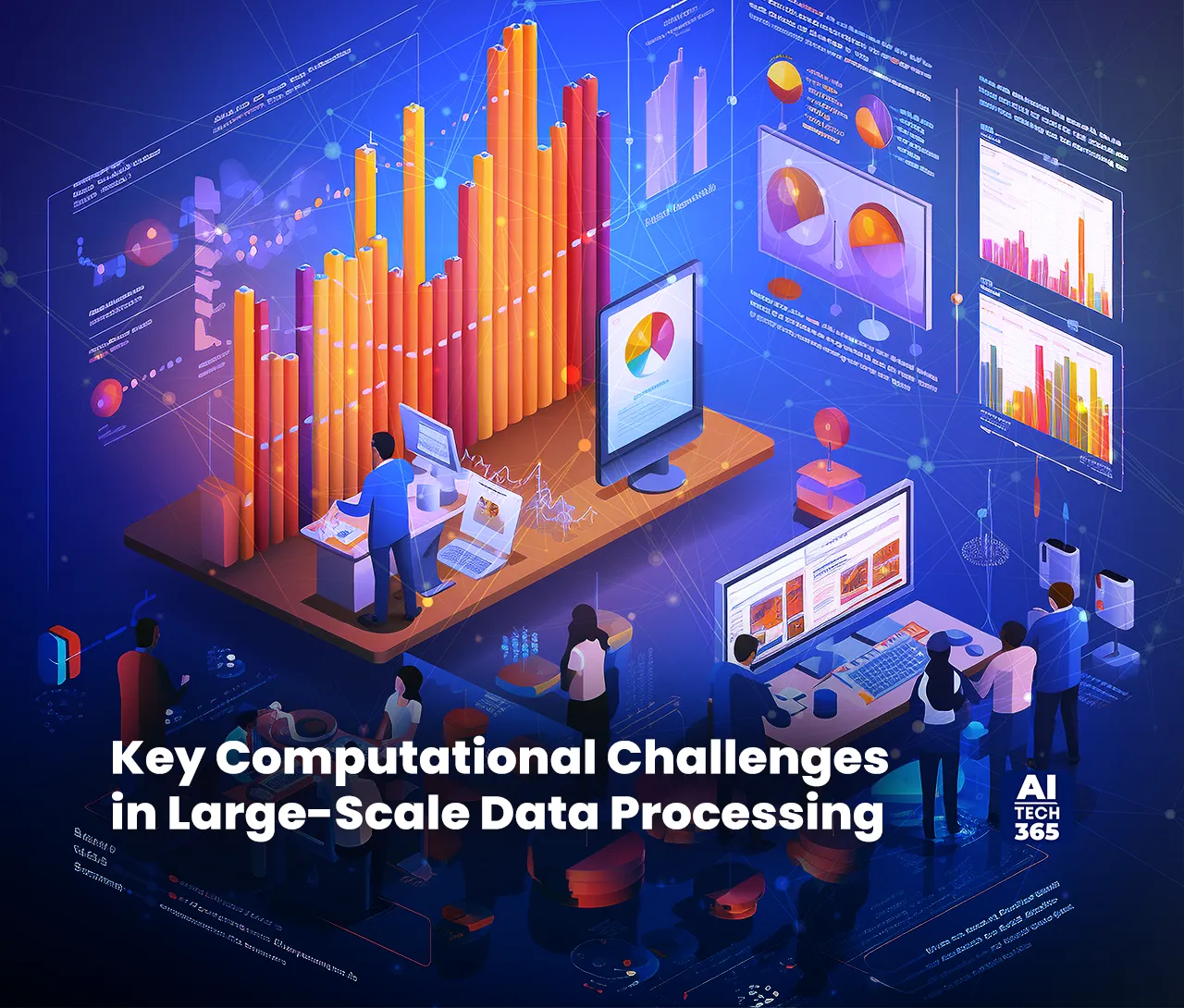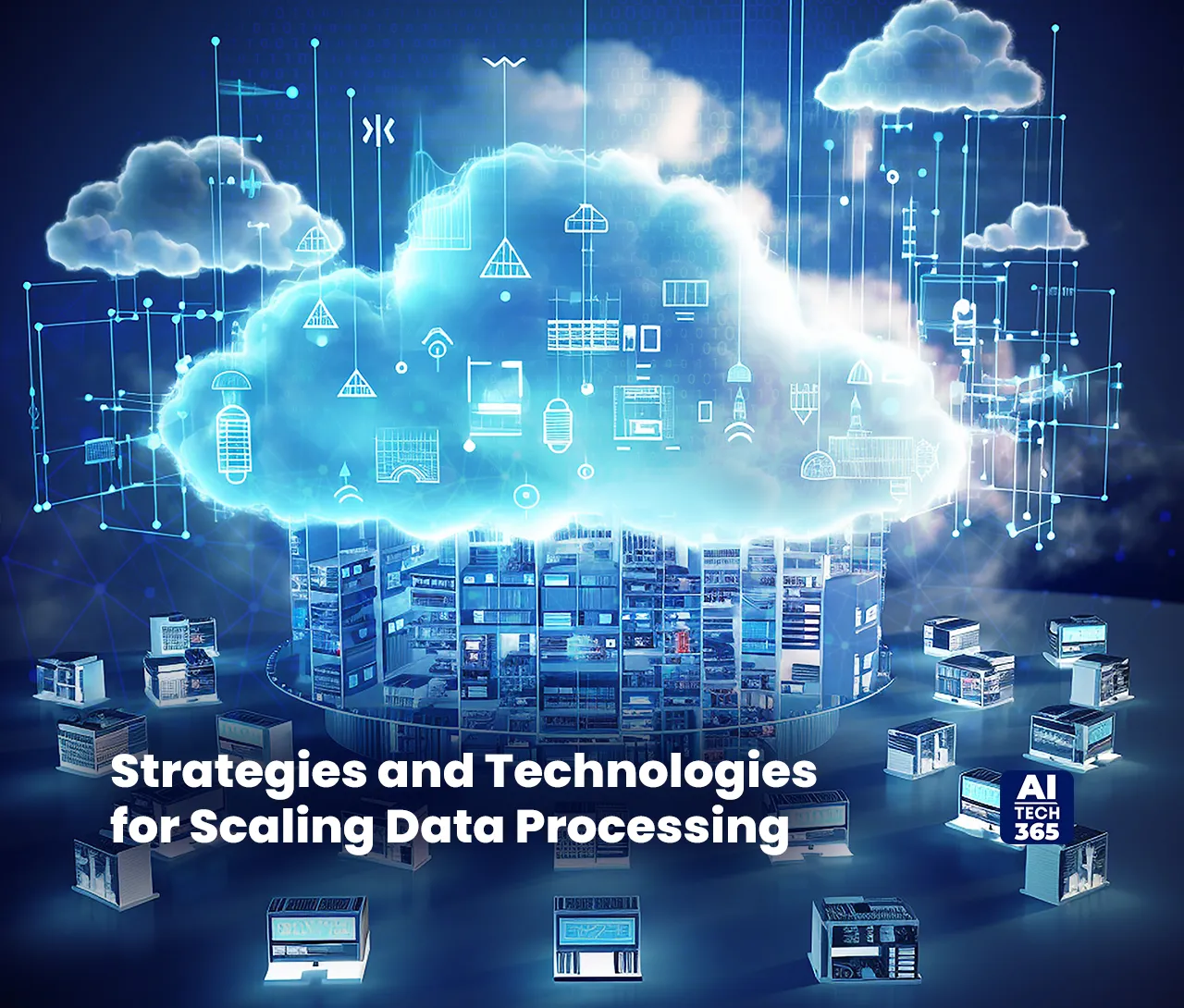Today, many organizations use big data and large models. They help with decision-making, improve operations, and find insights that spark innovation. Processing large volumes of data is now key for success. Financial institutions use it to forecast market trends. Healthcare providers analyze patient outcomes with it. This ability gives them a competitive edge.
As data complexity and volume surge, so do computational conundrums. For CIOs and CTOs, scaling data processing has become critical. It’s not merely a luxury; it’s a necessity. The stakes keep climbing ever higher. Inefficient data processing can cause delays in insights. This leads to higher costs and missed opportunities.
This article examines the challenges of processing data at scale. It looks at technologies and strategies that can help solve these issues. Tech leaders will gain essential insights for building scalable data systems.
The Growing Demand for Large-Scale Data Processing
The ascent of big data is nothing short of a revolution. IDC anticipates that by 2025, the global datasphere will swell to 175 zettabytes. This staggering growth is fueled by a surge in IoT devices, the ever-expanding realm of social media, and ongoing digital transformation endeavors. Organizations can now use machine learning and artificial intelligence to build complex quantitative models. These models need a lot of computing power.
Consider a financial services firm using predictive analytics to assess credit risk. The firm’s model handles terabytes of data. It looks at transaction details, historical trends, and outside market signals. Then, it creates real-time risk scores. If the firm can’t process this data quickly, it will struggle to provide timely and accurate insights. This could risk its competitive edge.
Technology leaders face a tough challenge. They need to build data processing systems. These systems must handle high demands. At the same time, they can’t lose performance, scalability, or cost-efficiency.
Key Computational Challenges in Large-Scale Data Processing
Scaling data processing capabilities is no easy task. Here are some of the most pressing challenges technology leaders must address:
Volume and Velocity of Data
The sheer volume of data generated today is staggering, and it’s growing at an unprecedented rate. Data is produced quickly, like real-time sensor data or social media streams. This speed needs systems that can process and analyze information almost instantly. Traditional data processing architectures often struggle to keep up with these demands.
Complexity of Quantitative Models
Modern quantitative models are getting more complex. They use advanced algorithms, deep learning techniques, and multi-dimensional datasets. These models require significant computational power, often exceeding the capabilities of conventional systems.
Resource Constraints
Handling large datasets and complex models takes a lot of resources. To thrive, significant investments in hardware, software, and infrastructure are crucial. Many organizations struggle to balance costs with the need for scalability and performance.
Data Quality and Integration
Data processing on a large scale often means combining data from many sources. Each source has its own format, structure, and quality. Keeping data consistent, accurate, and complete is key for successful quantitative models. However, achieving this on a large scale can be tough.
Latency and Performance
In the rapidly shifting tech arena, timing is of the essence. A tiny glitch in data processing can unleash a storm of complications. Stay vigilant to prevent small issues from spiraling into chaos. This is especially true for real-time fraud detection and self-driving cars. Engineers have a big challenge. They need to manage huge datasets. At the same time, they must ensure low latency and peak performance.
Also Read: Understanding the Difference Between Serverless Analytics vs. Traditional Data Analytics
Strategies and Technologies for Scaling Data Processing
Tech leaders need smart strategies and new technologies to tackle these challenges. Consider these essential strategies for enhancing your data processing capabilities:
Distributed Computing Frameworks
Distributed computing frameworks like Apache Hadoop and Apache Spark changed large-scale data processing. They allow parallel processing across many nodes. These frameworks help organizations split large datasets into smaller parts. They can process these parts at the same time and then combine the results.
Cloud-Native Architectures
The cloud offers unparalleled scalability and flexibility for data processing. Cloud-native architectures, like serverless computing and containerization, help organizations use resources as needed. A healthcare provider doing a big genomic analysis can use cloud platforms like AWS or Google Cloud. They can adjust resources as needed. This helps them save money and improve performance.
In-Memory Computing
In-memory computing technologies like SAP HANA and Redis keep data in RAM instead of on disk. This change allows for quicker access and processing. This method works well for apps needing real-time analytics. Examples include stock trading and personalized marketing.
Advanced Data Integration Tools
Ensuring data quality and consistency is critical for the success of quantitative models. Advanced data integration tools like Talend and Informatica help organizations combine data easily. They clean, transform, and enrich data from different sources.
Machine Learning and AI Optimization
Machine learning and AI power many quantitative models, but they can be costly to run. Techniques such as model pruning, quantization, and transfer learning can optimize models. They reduce the computational load while keeping accuracy intact.
Edge Computing
Edge computing can change the game for applications that need real-time processing. In the dynamic world of IoT and autonomous systems, every millisecond matters. Edge computing takes center stage, reducing latency and conserving bandwidth. By processing data right at the source, it ensures swift communication and optimal performance, paving the way for seamless innovation.
This allows for quicker decision-making.
Real-World Examples of Scaling Data Processing
To illustrate the impact of these strategies, let’s look at two real-world examples:
Example 1: E-Commerce Giant Enhances Personalization
A top e-commerce company struggled to process customer data. This made it hard to give personalized recommendations quickly. The company used a distributed computing framework and cloud-native architectures. This helped it scale data processing. As a result, latency dropped, and recommendation accuracy improved.
Example 2: Automotive Manufacturer Optimizes Supply Chain
An automotive manufacturer used a big model to improve its supply chain. However, the model was complex, which caused slow processing times. The manufacturer cut processing times by 70% by using in-memory computing and machine learning. This change led to quicker decisions and saved costs.
The Future of Large-Scale Data Processing
As technology continues to evolve, the dynamics of large-scale data processing shift. New challenges arise, but with them come boundless opportunities. Trends like quantum computing are revolutionizing our approach, while 5G networks are boosting connectivity. Meanwhile, federated learning opens doors to innovative strategies. They offer more scalability and efficiency.
Technology leaders need to embrace innovation and investment like a lifeline. To keep a step ahead of emerging trends, you need a forward-thinking mindset. Crafting data processing systems allows organizations to build scalability and resilience. This proactive approach prepares organizations for tomorrow’s challenges and turns potential obstacles into opportunities. They must build frameworks that thrive today and adapt for tomorrow.
Conclusion
In today’s landscape, processing data at scale isn’t just a perk—it’s a necessity. CIOs and CTOs now walk a tightrope, facing a challenge: crafting efficient data processing systems. These systems must manage today’s large, fast, and complex data. They also need to provide actionable insights in real-time.
The journey to scalable data processing may be complex, but the rewards are immense. By using distributed computing, cloud-native designs, and better quantitative models, tech leaders can tap into their data’s full potential. This can lead to innovation and growth.
In a world where data is the key to success, knowing how to process it is vital. Handling information at scale can boost the organization to new heights. The real question isn’t if your organization can spend on scalable data processing. It’s whether you can afford to skip it.


